How AI is affecting the creativity of human designers is a question sparking intense debate. The integration of artificial intelligence into design workflows presents a complex duality: a powerful tool augmenting human capabilities, yet also a potential disruptor of established creative processes. This exploration delves into the multifaceted ways AI is reshaping the design landscape, examining both its empowering potential and the ethical considerations it raises.
From automating mundane tasks to generating entirely novel design aesthetics, AI’s influence is undeniable. We’ll examine how AI tools are changing the designer’s daily workflow, fostering collaboration between human and machine, and ultimately, influencing the future of design education and the evolution of design trends themselves. The question isn’t whether AI will change design, but how designers will adapt and leverage its transformative power.
AI as a Creative Tool for Designers
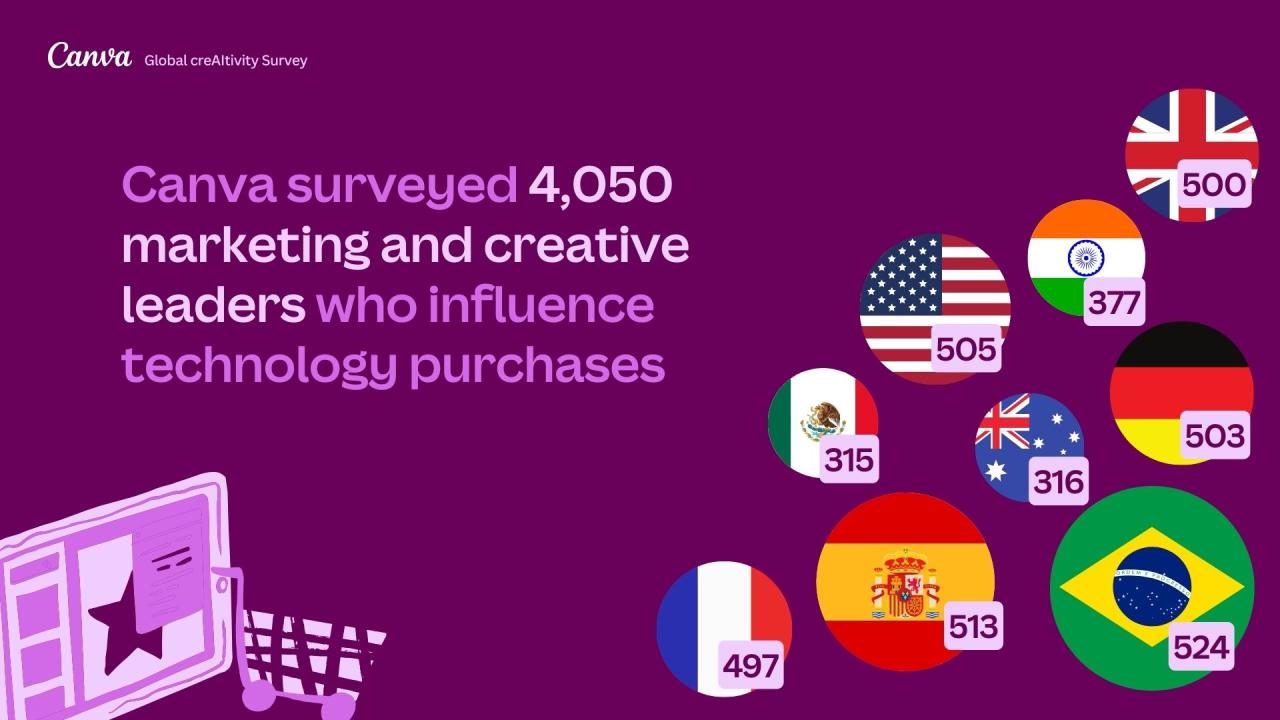
The integration of artificial intelligence (AI) is rapidly transforming the design landscape, evolving from a futuristic concept to a practical reality for many designers. AI is no longer simply a tool for automation; it’s becoming a collaborative partner, augmenting human creativity and pushing the boundaries of design innovation. This shift empowers designers to tackle more complex projects, explore unconventional ideas, and deliver higher-quality work in shorter timeframes.AI’s role in enhancing the designer’s workflow is multifaceted.
It streamlines repetitive tasks, freeing up valuable time for strategic thinking and creative exploration. Simultaneously, it offers powerful new tools for generating novel concepts and refining existing designs, leading to a more efficient and fulfilling creative process.
AI-Enhanced Design Workflow: A Case Study
Imagine a graphic designer tasked with creating a marketing campaign for a new sustainable clothing line. Traditionally, this would involve extensive research into color palettes, typography, and imagery, followed by numerous iterations of design mockups. With AI, the process is significantly accelerated. The designer could utilize an AI-powered tool like Adobe Sensei to automatically generate variations of color palettes based on the brand’s values (e.g., earthy tones for sustainability).
Another AI tool, such as an image generation platform like Midjourney or DALL-E 2, could create unique visuals representing the clothing line’s ethos, providing diverse options for the designer to choose from and adapt. Finally, AI-powered design software could assist in refining layouts and optimizing the overall campaign’s visual coherence, ensuring consistent branding across all assets. The result is a significantly reduced design time, allowing the designer to focus on the strategic aspects of the campaign and explore more creative possibilities.
Automation of Repetitive Tasks
AI excels at automating time-consuming tasks, freeing designers to concentrate on higher-level creative challenges. For instance, AI can automate image resizing and format conversions, eliminating tedious manual adjustments. Similarly, AI-powered tools can generate multiple variations of a logo or website layout, allowing designers to quickly compare different options and select the most effective design. In web design, AI can automate the process of generating responsive layouts, ensuring optimal display across various devices.
The time saved through automation can range from hours to days depending on the complexity of the project, allowing designers to dedicate more time to concept development and creative problem-solving.
Comparison of Creative Processes: AI vs. Traditional Methods
The creative process with AI differs significantly from traditional methods. With traditional methods, designers rely heavily on their own experience, intuition, and manual skills. The process is often iterative, involving numerous sketches, revisions, and refinements. In contrast, using AI tools introduces a more collaborative and exploratory approach. Designers can leverage AI to generate a wider range of design options, explore unconventional ideas, and receive instant feedback on their work.
While the final design still requires the designer’s artistic judgment and creative vision, the AI acts as a powerful tool for exploration and refinement, potentially leading to more innovative and efficient outcomes. The outcome with AI often involves a greater level of exploration and a wider range of options considered before arriving at the final design. The traditional method, while valuable for its emphasis on direct control, may limit the breadth of exploration due to time constraints and the limitations of manual processes.
AI-Generated Designs and Human Creativity
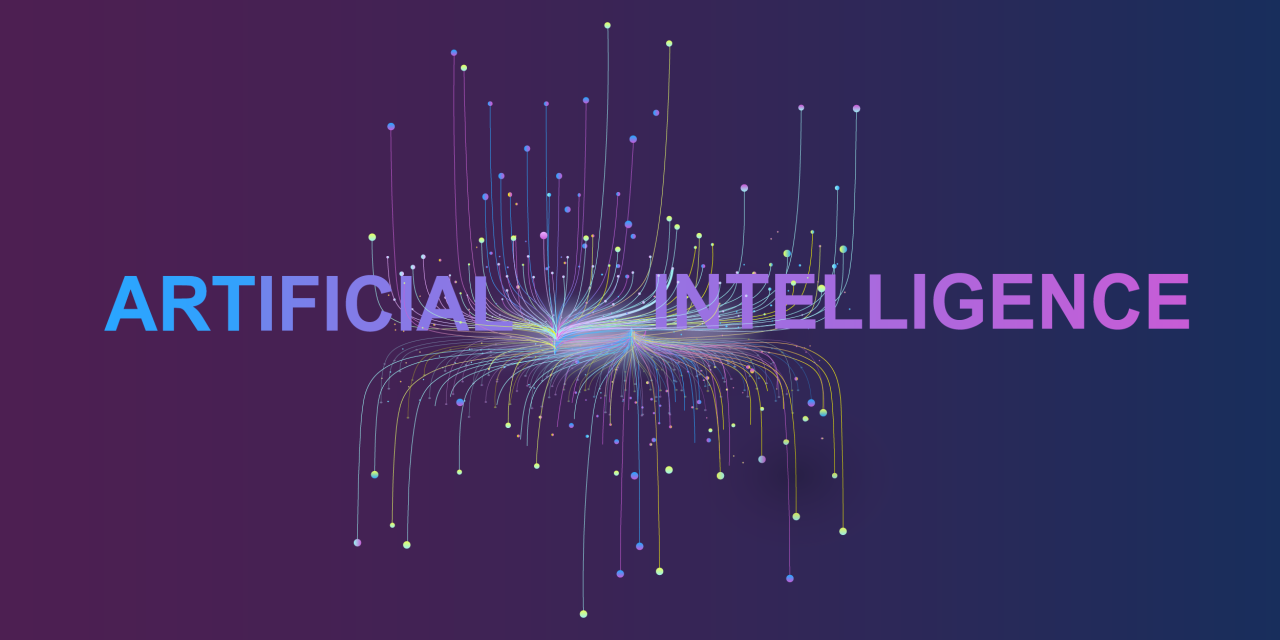
The integration of artificial intelligence into the design process is not merely about automation; it’s about fostering a collaborative relationship between human ingenuity and algorithmic power. AI’s capacity to generate entirely new design aesthetics represents a significant shift in the creative landscape, pushing the boundaries of what’s visually possible and challenging designers to rethink their creative processes. This section will explore the potential of AI to create novel design styles, examine examples of its innovative output, and address the ethical implications of this technological advancement.AI’s potential to generate novel design styles stems from its ability to analyze vast datasets of existing designs, identify patterns and trends, and then extrapolate from these findings to create something entirely new.
Unlike human designers who are often constrained by existing paradigms and personal biases, AI can explore uncharted aesthetic territories. This could lead to the emergence of styles characterized by unexpected color palettes, unconventional geometries, and innovative material combinations—styles that defy easy categorization within established design movements. Imagine, for instance, a design style characterized by biomorphic forms interwoven with fractal patterns, resulting in organic yet highly structured visuals, a style that could not easily be conceived through purely human imagination.
Another potential style could be characterized by the integration of generative algorithms that respond dynamically to environmental factors, creating designs that constantly evolve and adapt.
Novel AI-Generated Design Styles
AI’s capacity to process and synthesize massive datasets allows for the creation of design styles that are both unexpected and aesthetically compelling. One example might be a style characterized by the seamless blending of organic and geometric forms, creating designs that are both visually arresting and conceptually intriguing. This style could involve the use of AI to generate complex, fractal-like patterns that are then integrated into organic shapes, resulting in designs that are both visually complex and harmonious.
Another potential style could involve the use of AI to generate designs that are based on the principles of chaos theory, resulting in designs that are unpredictable and yet possess an underlying sense of order. These designs could exhibit a level of complexity and intricacy that would be impossible to achieve through traditional design methods. Finally, we might see a resurgence of Art Deco principles, reimagined and reinterpreted through the lens of AI, leading to a sophisticated and modern interpretation of a classic style.
Examples of Original AI-Generated Designs
While specific examples are constantly evolving due to the rapid pace of AI development, consider the potential of AI to generate unique textile patterns. An AI trained on a vast library of historical and contemporary textile designs could create entirely new patterns that combine elements of various styles and techniques, resulting in fabrics that are both visually stunning and technically innovative.
The originality would lie in the AI’s ability to synthesize and recombine elements in unexpected ways, creating patterns that are both familiar and refreshingly new. Similarly, AI could generate architectural designs that optimize for energy efficiency and structural integrity while simultaneously producing aesthetically pleasing and innovative forms, exceeding the capabilities of human designers working with traditional tools. The uniqueness stems from the AI’s ability to consider multiple parameters simultaneously, leading to solutions that are both functional and beautiful.
Ethical Considerations of AI-Generated Designs
The use of AI in design raises important ethical questions, primarily concerning authorship and originality. Who owns the copyright to an AI-generated design? Is it the programmer who created the AI, the user who prompted the AI, or the AI itself? These are complex legal and philosophical questions that require careful consideration. One potential solution lies in developing clearer legal frameworks that address the unique nature of AI-generated works.
This could involve establishing a new category of copyright protection specifically for AI-generated works, or modifying existing copyright laws to accommodate the use of AI in creative processes. Furthermore, transparent attribution mechanisms are crucial. Clearly indicating that a design was AI-assisted or AI-generated is essential to avoid misleading consumers or appropriating the work of human designers.
Establishing clear guidelines and standards for the ethical use of AI in design is paramount to ensure fairness, transparency, and responsible innovation.
The Impact of AI on Design Collaboration
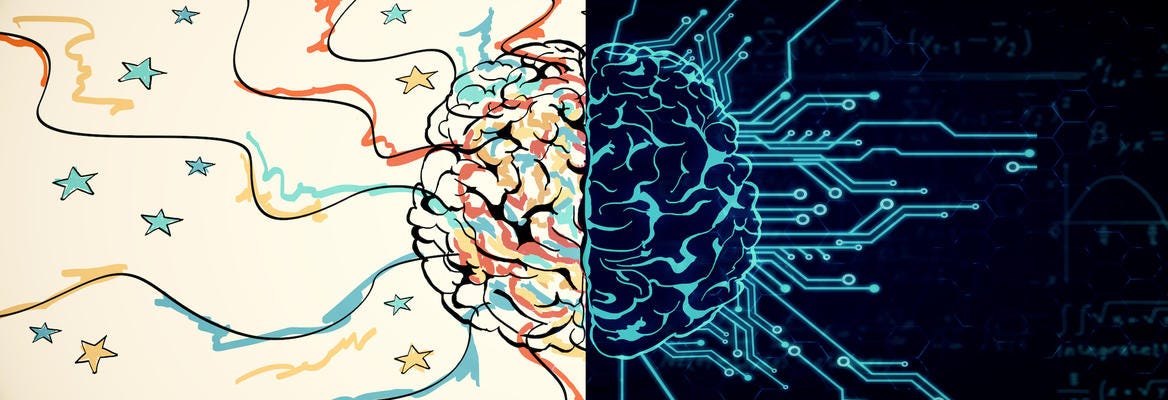
AI is rapidly transforming the design landscape, impacting not only individual creative processes but also the dynamics of collaborative design projects. The integration of artificial intelligence offers new avenues for streamlining workflows, enhancing communication, and ultimately, producing more innovative and efficient design solutions. However, understanding the nuances of human-AI interaction within collaborative settings is crucial to maximizing its benefits and mitigating potential drawbacks.
A Collaborative Design Project: Human-AI Partnership
Consider the design of a sustainable, smart city infrastructure project. This complex undertaking requires expertise in architecture, urban planning, engineering, and environmental science. A team of human designers, specializing in these different areas, could collaborate with an AI system acting as a design assistant and data analyst. The human designers would define the project’s goals, constraints, and aesthetic vision, leveraging their creative intuition and experience.
The AI, trained on vast datasets of urban planning, sustainable design, and engineering principles, would analyze this information, generate multiple design options, perform simulations to evaluate their feasibility and sustainability, and identify potential conflicts or areas for improvement. The human team would then review the AI’s proposals, providing feedback, refining the designs based on their expertise, and ultimately making the final creative decisions.
The AI’s role is to augment, not replace, human creativity. Interaction methods would include AI-powered design software, data visualization tools, and collaborative platforms allowing for real-time feedback and iteration.
Advantages and Disadvantages of Human-AI Collaboration in Design
The integration of AI in design collaboration presents both opportunities and challenges. The following table summarizes these aspects:
| Advantage | Disadvantage | Example of Advantage | Example of Disadvantage |
|---|---|---|---|
| Increased efficiency and productivity | Potential for job displacement anxieties | AI automating repetitive tasks like generating initial design drafts, freeing up human designers to focus on higher-level creative decisions. | Fear among designers that AI will eventually replace their roles entirely, requiring retraining and adaptation. |
| Enhanced creativity and innovation | Over-reliance on AI-generated solutions, hindering originality | AI suggesting unconventional design solutions that humans might not have considered, leading to more innovative outcomes. | Human designers accepting AI’s suggestions without critical evaluation, resulting in designs lacking unique human perspective. |
| Improved design quality and accuracy | Bias in AI algorithms affecting design outcomes | AI identifying and correcting design flaws, ensuring compliance with building codes and sustainability standards. | AI trained on biased datasets potentially generating designs that perpetuate existing societal inequalities or environmental concerns. |
| Better communication and feedback | Difficulties in interpreting and explaining AI’s decision-making processes | AI generating comprehensive design reports and visualizations, facilitating clearer communication among team members. | Lack of transparency in how AI arrives at its suggestions, making it difficult for human designers to understand and trust its outputs. |
AI-Facilitated Communication and Feedback in Design
AI can significantly enhance communication and feedback mechanisms within design teams. For instance, AI-powered collaborative platforms can provide real-time feedback on design iterations, highlighting areas of conflict or inconsistency. AI can also automatically generate comprehensive design reports and visualizations, facilitating clearer communication among team members with diverse backgrounds. Furthermore, AI chatbots can be integrated to answer design-related questions, streamlining the process of seeking information and resolving issues.
These methods reduce ambiguity, expedite the feedback loop, and foster a more collaborative and efficient design process, leading to higher-quality outputs and improved team cohesion. The impact is a more streamlined workflow, reduced misunderstandings, and a more collaborative environment where diverse perspectives are effectively integrated.
AI and the Future of Design Education
The rapid integration of artificial intelligence (AI) into the design industry necessitates a fundamental shift in design education. Curricula must evolve to equip future designers with the skills and knowledge needed to effectively utilize AI tools while retaining the core values of human creativity and critical thinking. This requires a balanced approach, blending practical application with a robust theoretical understanding of AI’s capabilities and limitations.Design education must move beyond simply teaching software proficiency.
Students need to understand the underlying algorithms and ethical considerations governing AI-powered design tools. This includes learning how to effectively prompt AI systems, evaluate AI-generated outputs critically, and integrate AI seamlessly into their design workflow. A strong foundation in human-centered design principles remains crucial, ensuring AI is used to enhance, not replace, human ingenuity.
Curriculum Adaptations for AI Integration
Integrating AI effectively into design education requires a multi-faceted approach. Firstly, existing design courses should be updated to incorporate AI tools and techniques as integral components. For example, in graphic design, students could learn to use AI for image generation, logo design, or typography optimization. In industrial design, AI could be used for generative design, exploring numerous design options based on specified parameters.
Secondly, new courses focusing specifically on AI for design should be introduced. These courses would cover topics such as AI algorithms, data visualization, ethical considerations in AI design, and the societal impact of AI-driven design. Finally, practical projects and workshops should be designed to allow students to apply AI tools to real-world design challenges. This hands-on experience is vital for developing the practical skills needed to thrive in the AI-driven design landscape.
This approach fosters both theoretical understanding and practical proficiency.
Evolving Skill Sets for Design Professionals
The increasing use of AI in design is reshaping the skillset required for success in the field. While traditional design skills like visual communication and problem-solving remain vital, new competencies are emerging as crucial. These include proficiency in AI tools and platforms, data analysis and interpretation, prompt engineering, and an understanding of machine learning principles. Furthermore, the ability to critically evaluate AI-generated designs, identify biases, and ensure ethical design practices are becoming increasingly important.
The capacity for effective human-AI collaboration, understanding when to leverage AI’s strengths and when to rely on human intuition, is also crucial. For instance, a designer might use AI to generate multiple logo variations, then use their expertise to select and refine the best option, adding a personal touch and ensuring alignment with brand identity.
Emerging Design Specializations
The integration of AI is poised to create new and exciting specializations within the design field.
- AI-Driven Product Designer: This specialization focuses on designing products that leverage AI capabilities, such as smart home devices or personalized user interfaces. These designers would need to possess expertise in both product design and AI technology, understanding how to integrate AI functionality seamlessly and ethically.
- Generative Design Specialist: This role involves using AI algorithms to explore a vast design space, generating numerous design options based on specified parameters. The specialist would need a strong understanding of AI algorithms and the ability to refine and optimize AI-generated designs, balancing technical expertise with creative vision.
- AI Ethics and Design Consultant: This emerging specialization addresses the ethical implications of AI in design. Professionals in this area would ensure AI is used responsibly, mitigating biases and promoting fairness and inclusivity in design solutions. This role demands a strong ethical framework and a deep understanding of AI technologies.
- AI-Powered UX/UI Designer: This specialization focuses on designing user interfaces and experiences that effectively leverage AI capabilities. This involves understanding how users interact with AI systems and designing intuitive and engaging interfaces that enhance the user experience.
AI’s Influence on Design Aesthetics and Trends: How AI Is Affecting The Creativity Of Human Designers
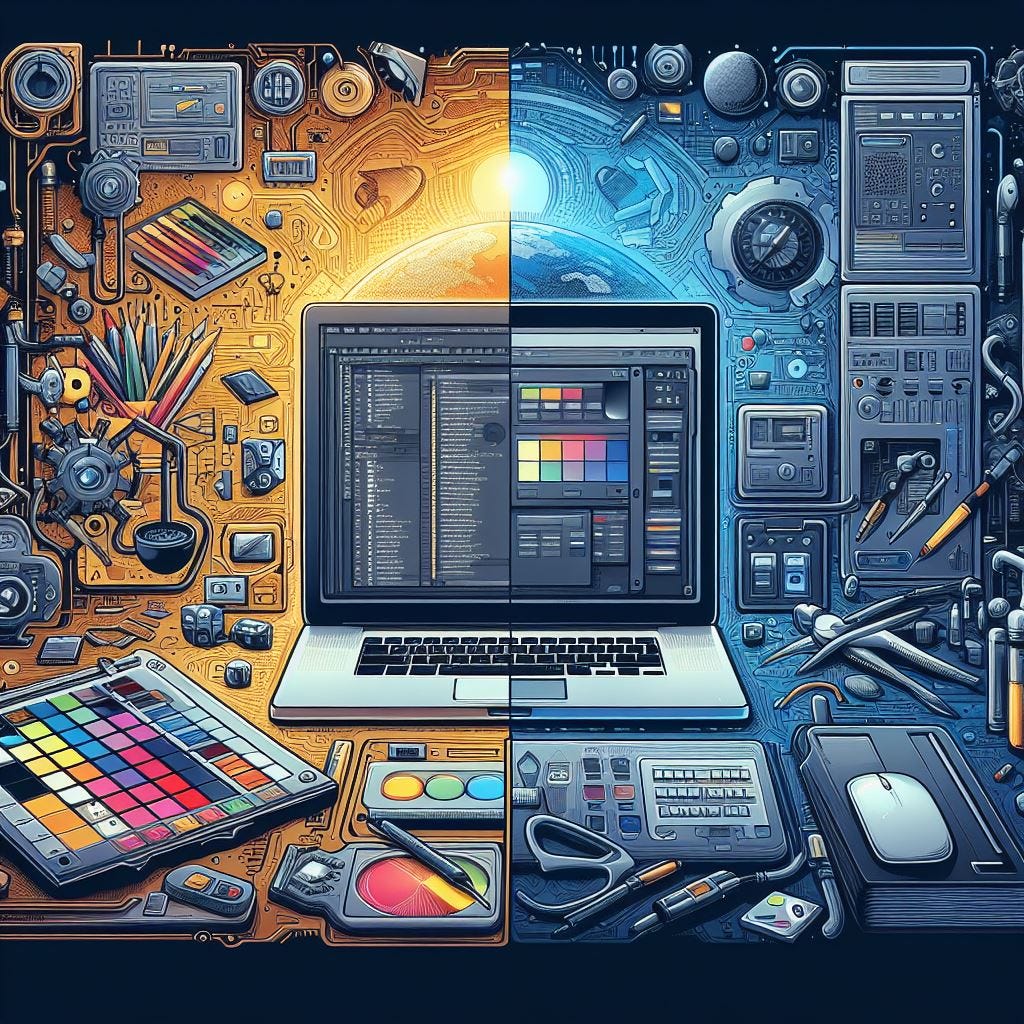
AI is rapidly reshaping the landscape of design aesthetics, acting as both a catalyst for new trends and an amplifier of existing ones. Its influence extends beyond mere automation, impacting the very core of how designers conceive, create, and consumers perceive visual experiences. This shift is driven by AI’s ability to analyze vast datasets of visual information, identify patterns, and generate novel designs based on learned preferences.
The long-term impact promises a dynamic interplay between human creativity and algorithmic innovation, potentially leading to a more personalized and efficient design process.AI is accelerating the emergence of several key design trends. These trends are characterized by a blend of hyper-personalization, data-driven optimization, and the exploration of novel aesthetic territories previously inaccessible to human designers alone. The driving factors behind these trends include the increasing computational power available to designers, the growing sophistication of AI algorithms, and the expanding availability of large-scale datasets of visual information.
This confluence of factors is fostering a design ecosystem where human intuition and algorithmic precision work in tandem.
AI-Driven Design Trends, How AI is affecting the creativity of human designers
The rise of AI has significantly impacted several design trends. For instance, the trend towards hyper-personalization, where designs are tailored to individual user preferences, is greatly accelerated by AI’s ability to analyze user data and generate bespoke visual experiences. Simultaneously, AI’s capacity for efficient pattern recognition and optimization is driving the trend towards data-driven design, where design choices are informed by data analysis rather than solely intuition.
Moreover, AI algorithms are exploring new aesthetic territories, leading to the emergence of novel design styles characterized by unique visual elements and unexpected combinations of existing styles. These trends are poised to reshape the design industry, fostering a more dynamic and user-centric approach to visual communication.
AI’s Influence on Consumer Aesthetic Preferences
AI is subtly but significantly shaping consumer aesthetic preferences. By analyzing vast quantities of visual data from websites, social media, and other online platforms, AI algorithms can identify prevalent design elements, color palettes, and compositional structures that resonate most strongly with consumers. This data is then used to inform design choices, leading to the creation of visually appealing and commercially successful designs.
For example, AI-powered tools can analyze the popularity of specific fonts, color combinations, and image styles across various platforms, providing designers with valuable insights into current trends and consumer preferences. The visual elements involved often include clean lines, minimalist layouts, and the use of vibrant, contrasting colors, reflecting a preference for visually stimulating and easily digestible content. These preferences are further influenced by the algorithms used by social media platforms, which often prioritize visually striking content.
Evolution of a Design Aesthetic: Minimalism
Consider the evolution of minimalism in graphic design. Pre-AI minimalism, prevalent in the late 20th century, was characterized by a deliberate reduction of visual elements, focusing on simplicity, functionality, and clean lines. Think of the iconic Apple logo – simple, elegant, and highly effective. AI’s influence has expanded this aesthetic in several ways. AI algorithms can now generate variations on minimalist themes, experimenting with subtle color gradients, micro-interactions, and sophisticated typography not easily achievable through manual design.
For instance, an AI could generate thousands of logo variations based on a simple minimalist brief, allowing designers to refine the design through data-driven iterations and user feedback. The result is a more refined, nuanced, and potentially more impactful minimalism, pushing the boundaries of the style while retaining its core principles. The AI-influenced minimalist design might incorporate subtle animations or micro-interactions, creating a dynamic experience that engages the user on a deeper level than the static minimalism of the past.
The color palette might be subtly shifted, informed by AI analysis of user preferences, leading to a more effective and resonant design.
Wrap-Up
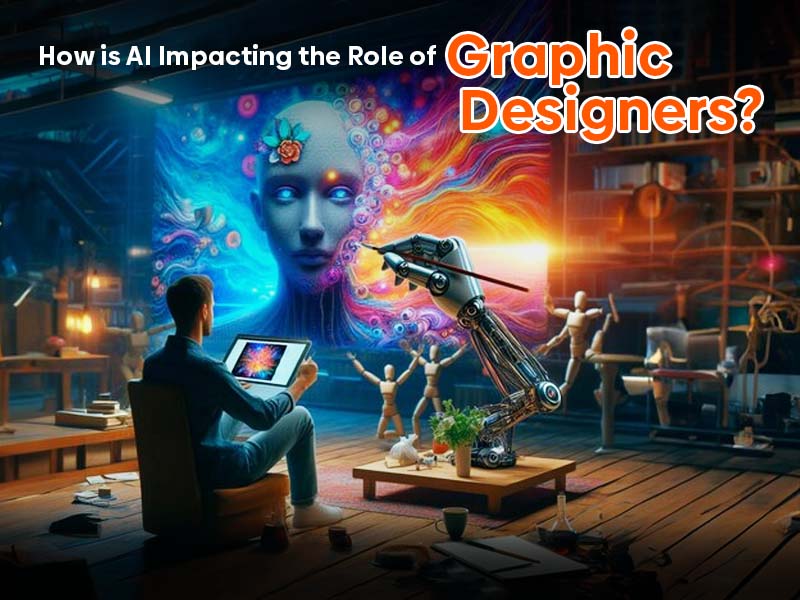
The relationship between AI and human creativity in design is not one of replacement, but of evolution. AI serves as a potent catalyst, accelerating processes, expanding possibilities, and pushing the boundaries of aesthetic innovation. By understanding and embracing AI’s capabilities, designers can unlock new levels of efficiency and creativity, shaping a future where human ingenuity and artificial intelligence work in seamless harmony to create truly remarkable designs.
The key lies in strategic integration, ethical considerations, and a proactive approach to adapting to this rapidly evolving technological landscape.

